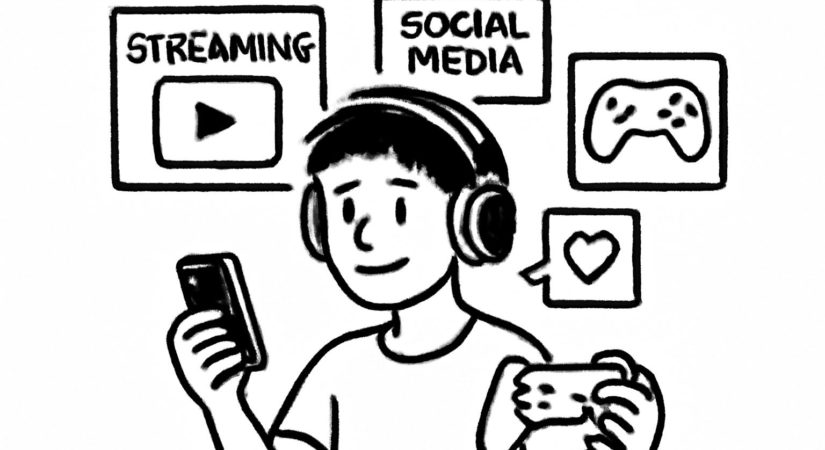Pay TV continues to decline, but for Generation Z, ad-supported streaming is not the preferred alternative.
Data from Deloitte shows Gen Z spends just 1.3 hours daily on streaming services and 0.8 hours on traditional or live TV—less than any other age group. Their media consumption leans heavily toward social media, video games, music, and user-generated content.
Forecasts indicate that free ad-supported streaming TV (FAST) will represent only 4.9% of total video viewing time in 2025, while platforms like YouTube will capture 10.6%, and social video will reach 13.6%.
The shift away from pay TV is well established. Although ad-supported subscription video on demand (SVOD) helps platforms offset content costs, it often fails to engage younger viewers effectively. Gen Z favors content formats that replicate their typical digital environments.
To stay relevant, streaming services must explore strategies beyond traditional ad breaks, such as collaborating with creators, incorporating shoppable videos, or offering interactive experiences. Relying solely on ad-supported SVOD will not meet advertisers’ goals with this demographic.
Ultimately, attracting Gen Z requires a diversified approach utilizing varied channels and content types aligned with their unique viewing behaviors and schedules.
